The Museo Egizio or Egyptian Museum in Turin, Italy, is celebrating its remarkable 200th anniversary, a milestone that highlights its standing as a vital repository of Egyptian antiquities.
Recognised as the world’s second most significant collection of Egyptian artifacts, following the Egyptian Museum in Cairo, the Museo Egizio offers an unparalleled glimpse into the wonders of ancient Egyptian culture.
In honor of this bicentennial celebration, The Egyptian Gazette interviewed the museum’s director and renowned Egyptologist, Christian Greco.
The interview delves into the museum’s storied past, the evolution of its treasures and exhibitions, celebratory plans, future ambitions, and the ongoing fascination with ancient Egypt that captivates audiences worldwide.
What are some of the most significant milestones in the museum’s 200-year history?
The Egyptian Museum has achieved numerous significant milestones throughout its long history. Its origins date back to 1824, with its first collection formed from 6.000 artifacts acquired by the Italian royal family, the House of Savoy, from the French ambassador Bernardino Drovetti.
A profound transformation took place at the beginning of the 20th century under the directorship of Ernesto Schiaparelli, who conducted numerous archaeological excavation campaigns at various sites in Egypt. Thanks to the legislation of the time, approximately 30,000 artifacts from these excavations were brought to the Museo Egizio in Turin, which became the second-largest collection in the world after that of the Egyptian Museum in Cairo.
Beside Schiaparelli’s directorship, the 20th century undoubtedly marked a period of significant renewal under various directors, notably Silvio Curto, who led the institution from 1964 to 1984.
Then, a new turning point in the museum’s history emerged at the beginning of the new millennium, particularly in 2004, when the institution transitioned from public to private management, leading to the establishment of the Museo Egizio foundation. The renovations of 2015 and later in 2024 represent further key moments in the ongoing transformation of this distinguished institution.
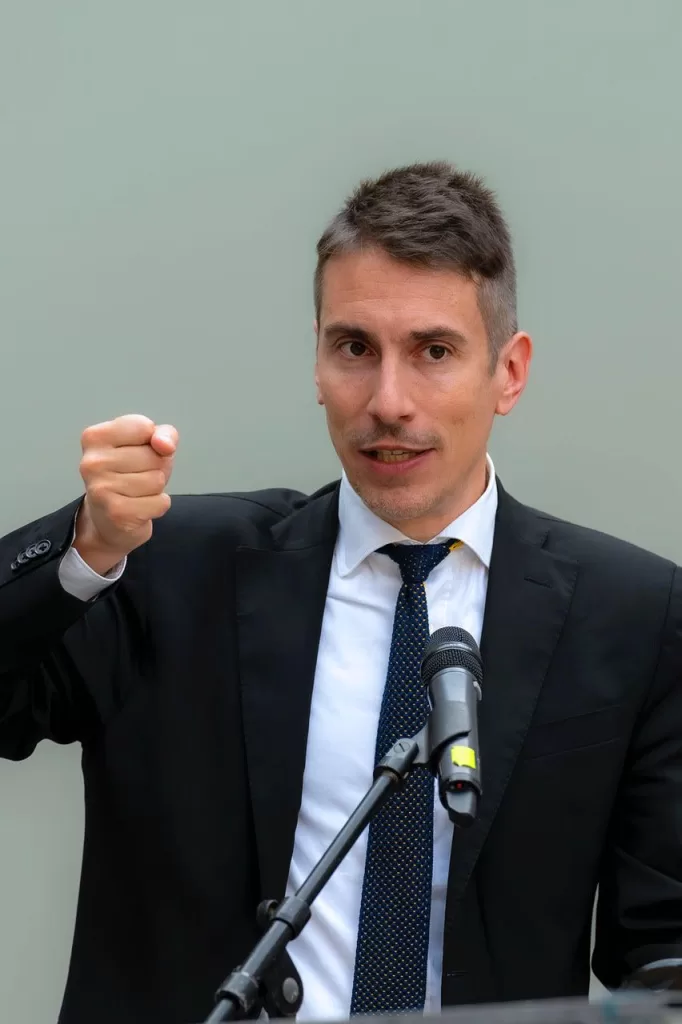
How has the museum’s collection and focus evolved since its establishment?
A museum, by its very nature, is a place of continuous change, and the Museo Egizio is no exception. The collection has experienced two significant phases of expansion: at its founding in 1824 and as a result of the archaeological excavation carried out in the first two decades of the 20th century.
While the initial collection was heterogeneous in terms of artifact types and chronology, the additions from Schiaparelli’s excavations aimed to fill chronological as well as thematic gaps.
In addition to these acquisition strategies, exhibition approaches have also evolved over time. The earliest displays, resembling wunderkammer and accessible only to a limited circle of scholars, have given way to modern solutions designed for a broad audience. These temporary and permanent exhibitions remarkably evolved throughout the 20th and early 21st centuries and included multilingual texts, accessible to people with disabilities, and employing a layered interpretive approach catering to all age groups. Furthermore, new technologies and the constant research conducted by our curators and conservators enable us to uncover otherwise hidden aspects of artifacts such as mummies, sarcophagi, statues, and textiles, including their production techniques, uses and re-uses.
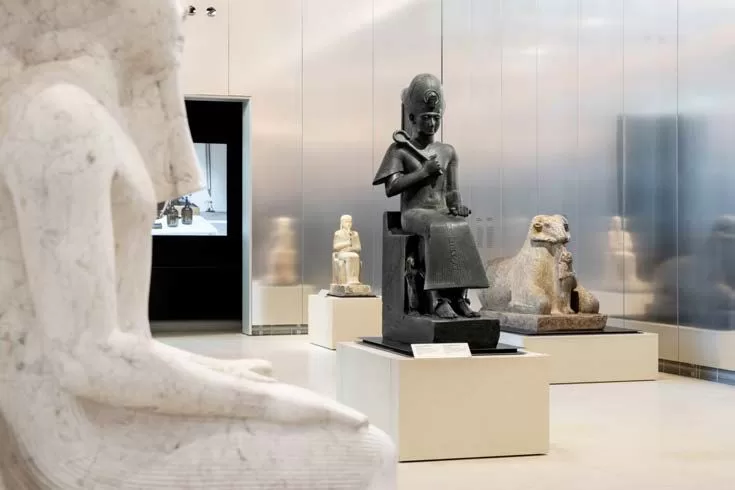
What plans does the Museo Egizio have for commemorating its bicentennial celebrations, and what are some of the new exhibits and renovations that have been introduced to mark this milestone?
On the occasion of the bicentennial celebrations, we envisioned a radical transformation of the museum, encompassing both the renovation of exhibition spaces and a partial redesign of the structure to make it more accessible and permeable.
The celebrations for the Museo Egizio bicentennial, therefore, go far beyond a single event. We have chosen to commemorate this significant milestone with a comprehensive rethinking of our spaces and a consequent renewal of the museum itself.
The festivities began on December 21, 2023, with the inauguration of the new Writing Gallery, which, spanning over 500 square meters, narrates more than 3,000 years of the evolution of writing in ancient Egypt, from hieroglyphs to Arabic. This was followed by the renovation of the gallery dedicated to the site of Deir el-Medina, opened in March 2024, and, shortly thereafter on May 1, the inauguration of a new openair space dedicated to Egyptian funerary gardens. This area, featuring plants both common and specific to ancient Egypt, aims to evoke the gardens placed at the entrances of tombs belonging to rulers and dignitaries, such as those excavated at numerous sites in Egypt.
In the middle of summer 2024, on August 9, we reopened the gallery dedicated to the tomb of Queen Nefertari. This collection, which had traveled extensively and been exhibited in major museums worldwide, including the Louvre and the Hermitage, has now returned to the Museo Egizio. Thanks to digital technologies, the new exhibition offers visitors an enhanced experience of the incredibly rich multichambered space of the tombs with its fine, polychrome paintings.
But, one of the most significant moments of these celebrations occurred on October 5, with the inauguration of over 1,000 square meters of permanent exhibition space titled Materia. The Shape of Time. This exhibition is dedicated to the materials that compose the artifacts in the collection and to the methods used by ancient craftsmen in their production. Through three rooms, respectively focusing on wood, clay, and stone, the exhibition highlights the findings of years of research conducted by the museum’s curators and conservators in collaboration with Italian and international research institutions. Visitors can explore, for instance, the variety of pigments and woods used to craft a sarcophagus, the types and functions of clay vessels compared to modern tools, and the numerous examples of stones employed to create statues, stelae, and jars.
November 20 marked another pivotal moment in the bicentennial celebrations with the renovation of the Gallery of Kings and the Temple of Ellesiya.
In the first case, the new design combines the curatorial expertise of the Museo Egizio team with an installation project designed by the Dutch architectural studio OMA. The redesigned exhibition, titled From Darkness to Light, aims to restore the statues in the two rooms to their original context in the temple complex of Karnak in Luxor, reintroducing the light that previous installations had obscured. Additionally, the ceilings of the two museum rooms, hidden for almost 20 years, are now visible again, enhancing the interplay of light and allowing the 17th-century building to engage more dynamically with the collection.
The Ellesiya funerary chapel underwent extensive restoration and now features video mapping technology, which projects the story of the temple onto its exterior walls—from its construction during the reign of Thutmose III to its relocation to Turin following the construction of the Aswan Dam. The chapel was a gift from the Egyptian government to Italy in recognition of its contribution to the 1960s effort to save Nubian archaeological sites threatened by the dam. As a result of this historical gesture, starting November 20, access to the chapel is free for all visitors.
In addition to these significant initiatives, two contemporary artworks by Egyptian-Dutch artist Sara Sallam and Lebanese artist Ali Cherri are now on display. Their works engage in dialogue with the Museo Egizio collection, reflecting on critical themes such as the colonial history of European archaeology in Egypt and the evolving meanings of objects, especially the contrast between public perception and the “gaze” of the artifacts themselves.
The celebrations will continue in December 2024 with a major international symposium including over 60 speakers discussing topics such as exhibition methodologies, museum audiences, the relationship between museums and universities, and the 200-year journey of the Museo Egizio.
Further notable events are planned for 2025, including the opening of the covering of the 17th-century courtyard of the Museo Egizio, creating the so-called Piazza Egizia, and the opening of an immersive gallery where the artifacts in the collection will engage with depictions of ancient Egyptian landscapes.
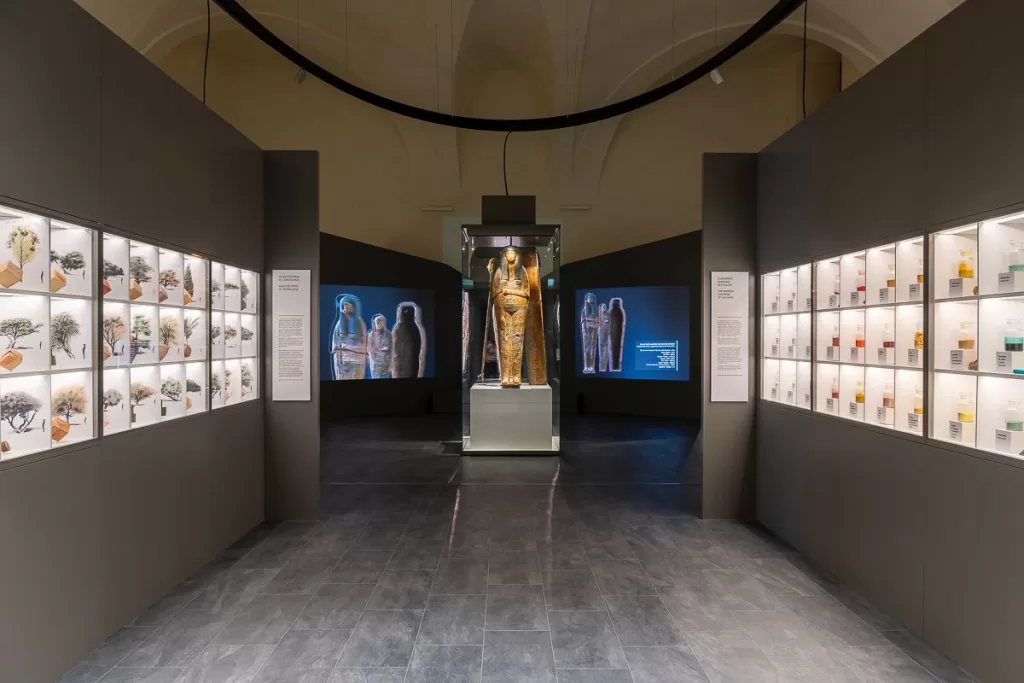
What role has the museum played in enhancing cultural understanding between Italy and Egypt over the past two centuries?
The Museo Egizio in Turin has played a pivotal role in fostering cultural understanding between Italy and Egypt for over two centuries. As one of the world’s most important institutions dedicated solely to Egyptian antiquities, its contributions extend far beyond the preservation of artifacts.
An important aspect of this lies in the scientific collaboration between the Museo Egizio, academic research institutions, and Egyptian museums. Over the past decade, this synergistic relationship has expanded, yielding significant outcomes, such as the EU-funded project Transforming EMC for the renovation of the Egyptian Museum in Cairo.
The hosting of Egyptian scholars for training and research periods, as well as the presence of Museo Egizio staff in Egypt for similar purposes, represents another crucial element in fostering cultural understanding between Italy and Egypt.
A further fundamental component of our strategy to enhance cultural understanding between the two countries involves engaging with Egyptian communities in Italy. Over the years, various projects and activities have been implemented in collaboration with these communities.
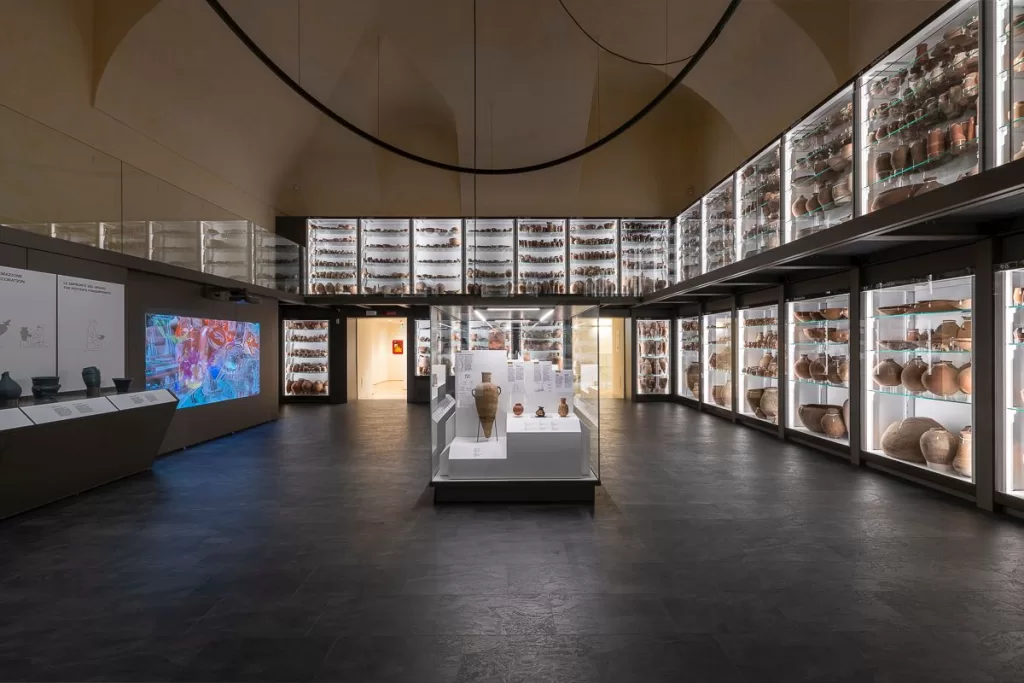
How has the public’s interest in ancient Egyptian culture changed over the years based on your observations?
Egypt is undoubtedly one of those civilisations that has consistently captivated audiences across nations and historical eras. The widespread enthusiasm for ancient Egypt remains strong and shows no signs of waning even today.
The so-called phenomenon of Egyptomania has spanned centuries, and in the case of the Museo Egizio in Turin, it intertwines with the very history of the city itself.
Turin was not only attributed mythological origins tied to Ancient Egypt, but the House of Savoy was even ascribed a genealogy rooted in the enigmatic Egyptian past. Pre-modern Turinese engagement with Ancient Egypt followed familiar patterns, with the Mensa Isiaca playing a central role in inspiring architects and artists to incorporate Egyptian motifs into their works. Today, echoes of Ancient Egypt can be found beyond the walls of the Museo Egizio in various forms: from obelisks and pyramid-shaped funerary monuments to Egyptian-themed door handles, contemporary street art, and a myriad of tourist memorabilia.
These perceptions also shape the ways in which visitors interact with and seek meaning within our galleries. Once seen primarily as a place of mystery centered on gods, pharaohs, and a chronological and artistic narrative, the Museo Egizio is increasingly appreciated for addressing fresh and relevant themes connected to both small-scale and global contemporary issues.
From the everyday life depicted in the galleries of Deir el-Medina, to the scientific research exploring the production techniques of artifacts showcased in Materiality: The Shape of Time, and the decolonial discourse highlighted by artist Sara Sallam in the Gallery of Kings, the museum continues to engage with and reflect on topics that resonate deeply with modern audiences.
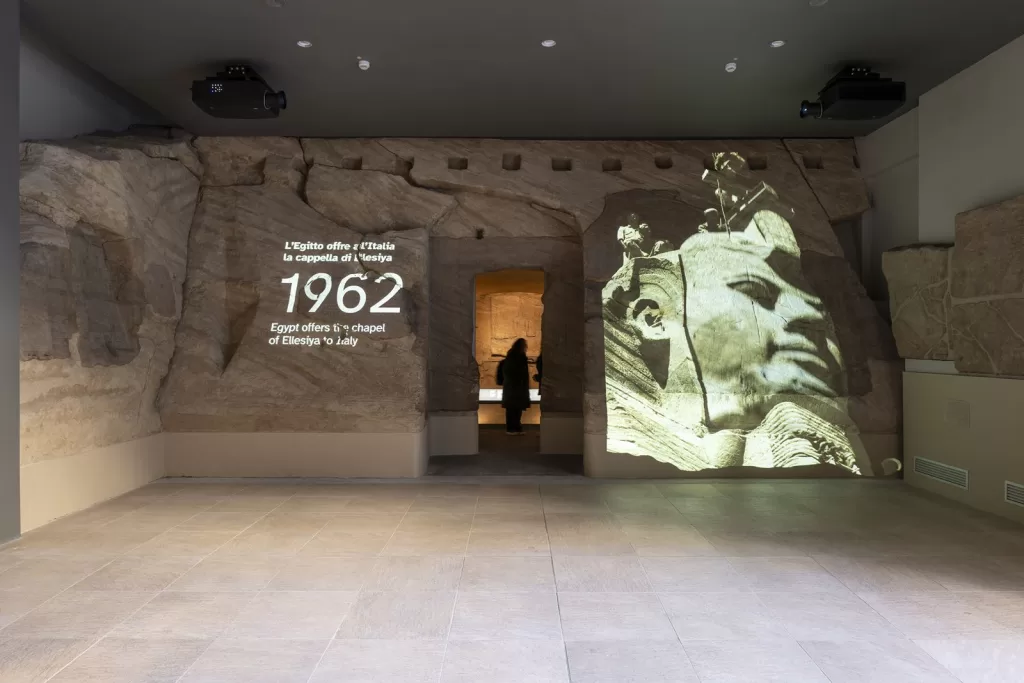



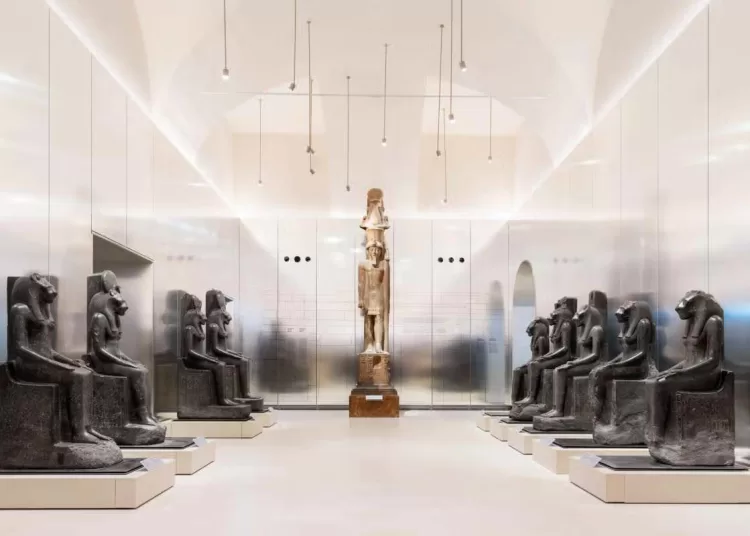
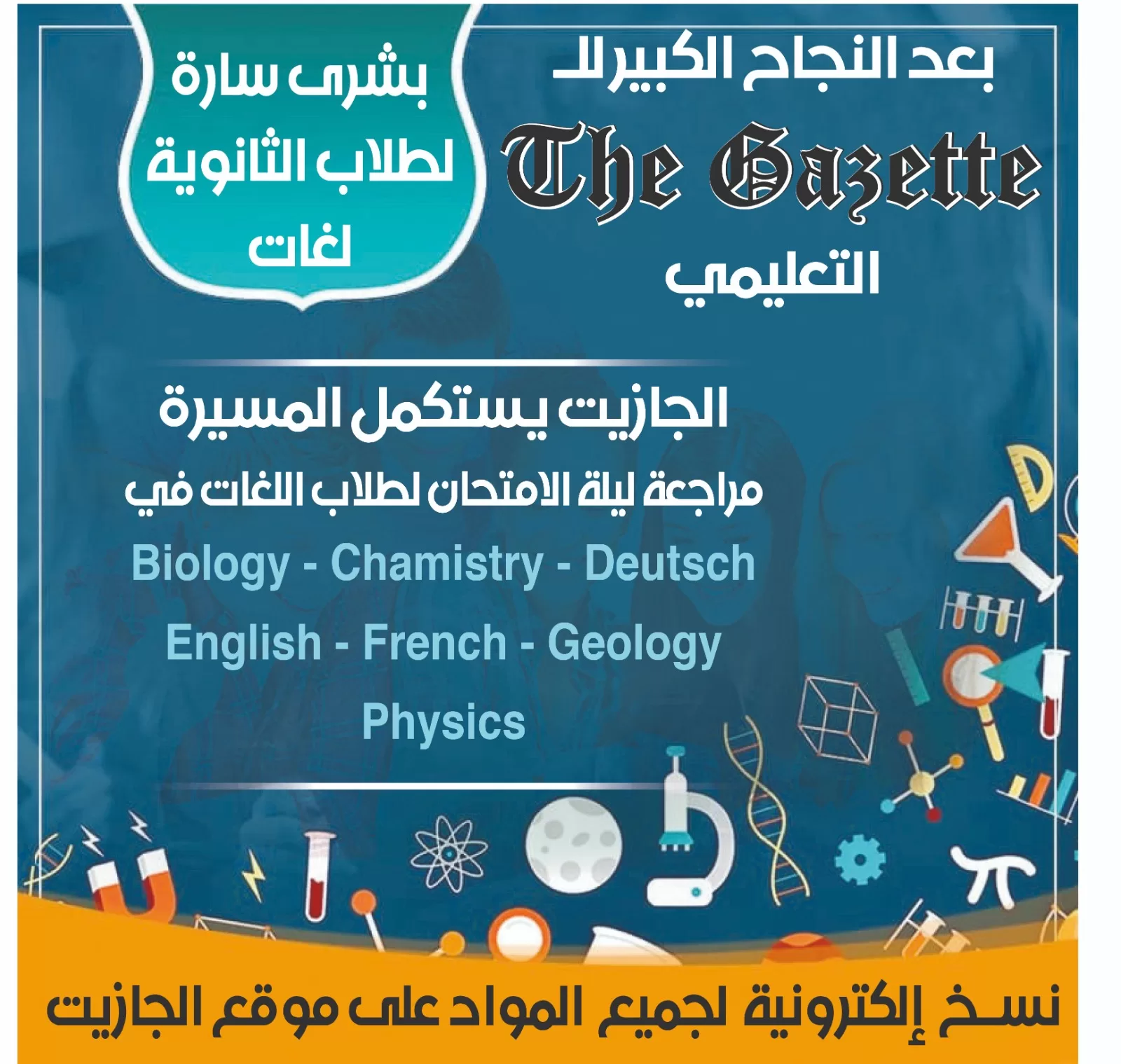

Discussion about this post